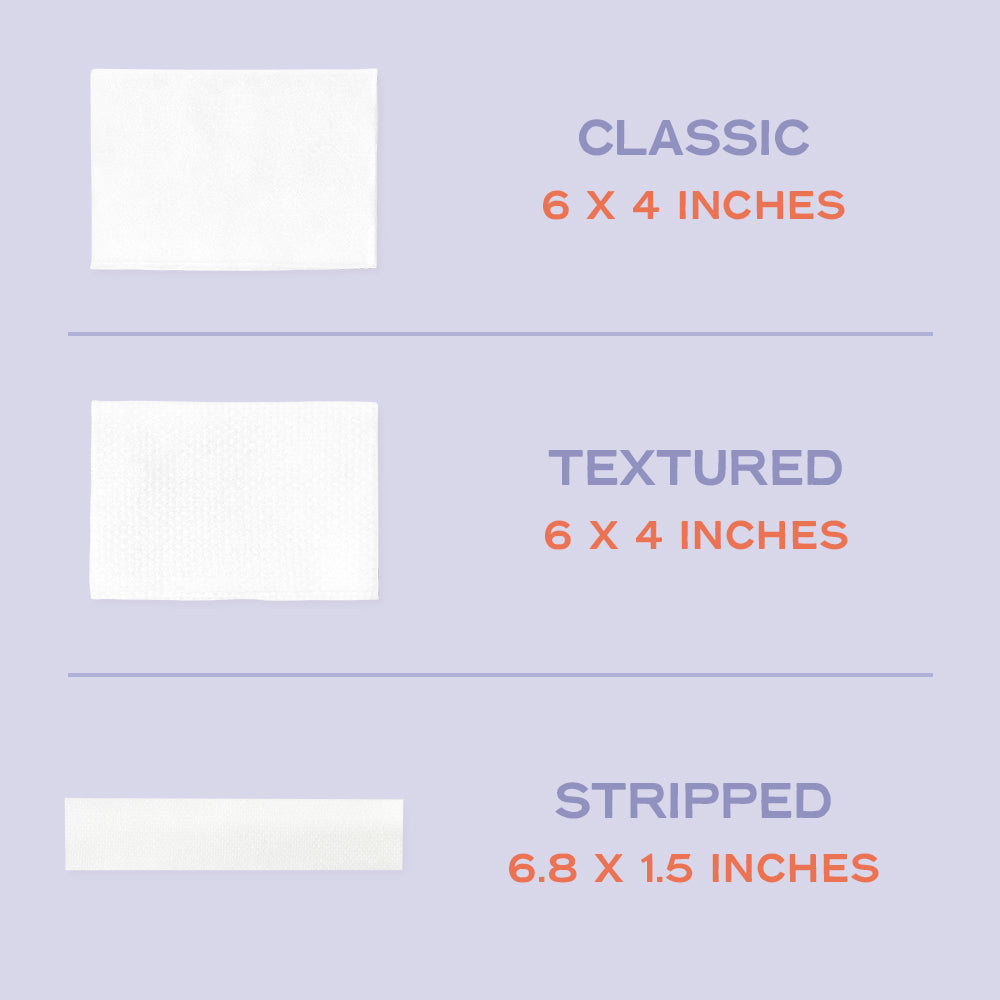All About Sunscreen

All About Sunscreen
Ah, the beach. One of life’s simple pleasures. All you need is your towel, swimsuit, a good book, and sunscreen. Except, if you’ve been keeping up with the news, your basic tube of SPF has gotten rather complicated.
Let’s break it down.
The first and most important thing: don’t panic. And don’t stop wearing sun protection. Sunburns increase your risk of skin cancer, and that’s not up for a debate. What is up for debate are a few common sunscreen ingredients, which have recently come under review.
The first is octocrylene.
The U.S. Food and Drug Administration was petitioned to recall sunscreens with this ingredient, on the basis that they may also contain benzophenone, which seems to form when octocrylene degrades. Benzophenone is a hormone disruptor which may also be carcinogenic. However, no human studies have definitively concluded this.
Adding to the concern, the FDA has shown that our bodies can indeed absorb the chemicals found in sunscreen, but the watchdog Environmental Working Group (EWG) claims that companies that make sunscreen have yet to provide the FDA with relevant, requested data on their products’ safety. And speaking of the EWG, they also report that the European Commission, which oversees product safety in the EU, has recommended limited concentrations for two other common sunscreen ingredients, oxybenzone (at 2.2%) and homosalate (at 1.4%). Right now, sunscreens made in the U.S. contain much higher concentrations of both.
On top of all this, a number of aerosol sunscreens were recalled after having been found to contain benzene, another suspected carcinogen. Aerosols are extra problematic, since not only are you applying the sunscreen to your skin, you’re also likely inhaling it.
What a headache.
And there’s still no fully conclusive data on what is and is not safe.
While you don’t need to throw out all your products, you can easily make a few tweaks to your sun protection regimen. First, here’s one thing we do know: whether oxybenzone is harmful to humans is still under review, but it’s definitely a real problem for coral reefs. If you’re going to be diving or swimming anywhere near living reefs, please avoid products containing this chemical. Luckily, sunscreen manufacturers have heard the call, and many have formulated reef-safe sunscreens. Look for those at your nearest drugstore.
And now here’s the good news for you and your skin: two mineral sunscreen ingredients, titanium dioxide and zinc oxide, are widely considered safe. And there are tons of options out there that no longer leave a white cast on your face. If you’ve been forgoing mineral sunscreen because it’s hard to remove, consider working it into your daily routine, even when you’ll be mostly indoors, and using a combination of micellar water and a soft cotton pad (our NAKED COTTON Textured might be just the ticket), to easily take it off at the end of the day.
The final word?
We still don’t know the potential long term effects of these chemicals, but we are all very familiar with what happens when you forgo sun protection all together. Avoid oxybenzone to protect our coral reefs, give mineral sunscreens a try, and try not to worry too much — modern life is hectic and stressful enough.

